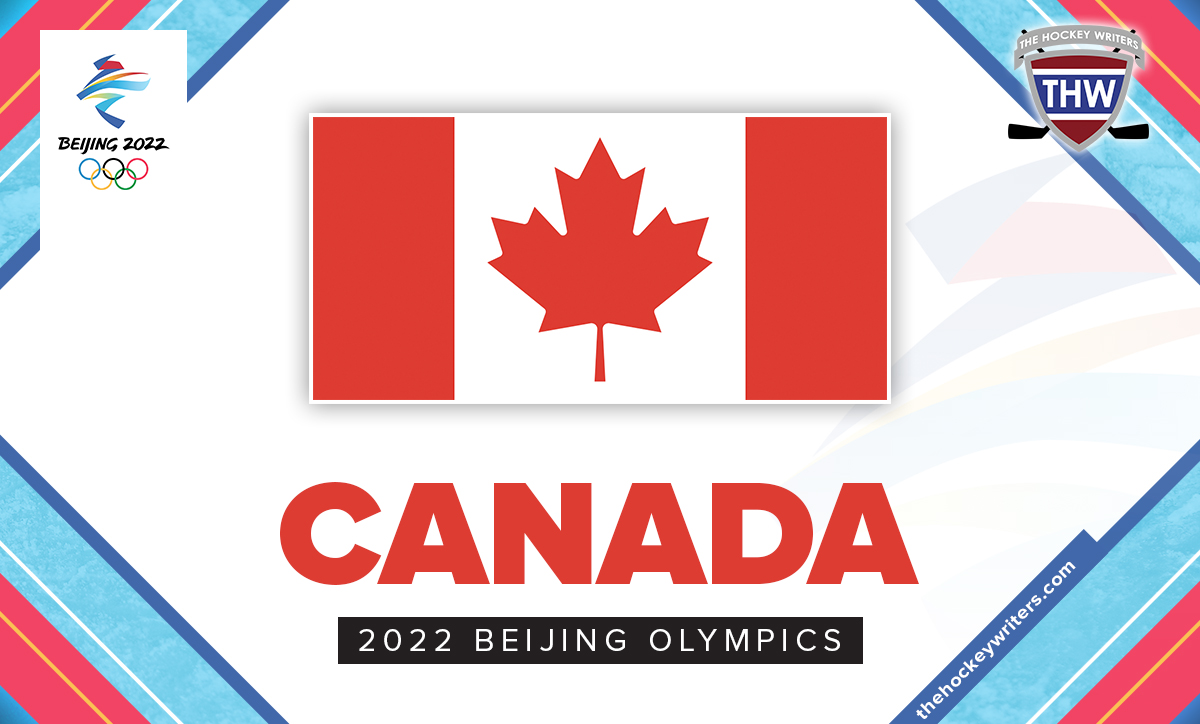If we’re being honest, no one expected Canada to lose this one. China entered the tournament ranked 32nd by the International Ice Hockey Federation, the lowest-ranked team to ever appear in the Olympic Games. The highest level of competition the team had ever seen was Division I Pool A in the 2007 World Championships, where they went winless and were relegated back to Division II for the 2008 tournament. They haven’t placed higher than 20th overall since 1993, back when there were fewer competitive divisions.

However, the game was far tighter than many expected, which is a statement of the strength of the Kontinental Hockey League (KHL) Kunlun Red Star, the team that is representing China at this tournament. After scoring three goals in the first period, China held Canada to just one in the second and one in the third. It also is a statement at some of the underlying issues for the Canadians that were first noticeable against the 4-2 loss to the Americans and may become more problematic as they prepare for the medal round.
Canada Was Strong, But Not Dominant
With such mismatched competition, fans were expecting a historic blowout akin to the Canadian World Junior Team thrashing Germany 16-2 at the 2021 tournament. But the score was much more pedestrian, despite the barrage of shots that Canada unleashed against their opponents. Part of that is undoubtedly due to 21-year-old Paris O’Brien, who stopped 39 of 44 shots, but compared to the American’s game against them on Feb 10, Canada came up a little short. Although the USA faced Jeremy Smith, the team’s starting goalie, they were far more aggressive, firing 55 shots against China and scoring eight goals – one in the first period, three in the second, and four in the third.
Related: 2022 Guide to the Men’s Olympic Tournament
Canada, on the other hand, looked timid, not forcing the offence and shutting down China. Their hesitancy allowed the Chinese to force a few turnovers and pick up a few odd-man rushes. Thankfully, none of their chances resulted in a goal, but Canada gave up 26 shots, which is far more than they should have. Conversely, the Americans gave up 29 shots, but they also were without star defender Jake Sanderson, who joined the team for their second game. Owen Power once again was outstanding, but he was often left to control the play all on his own. While he’s certainly capable of quarterbacking the play, Canada needs to find ways to support him more.
Julien Needs to be More Aggressive With His Lines
After facing the Americans, it was clear that some of the lines needed to be shifted around. Coach Claude Julien didn’t hide it either, constantly looking at his lineup card during the game. However, the changes ended up being minor against China; Jack McBain was moved up to the top line with Eric Staal and Mason McTavish, and Adam Tambellini was moved to center on the second line after playing on the wing the game before. The result was likewise minor, with the third line of Kent Johnson, Eric O’Dell, and Ben Street contributing three of the five goals, and the first line struggling to generate consistent offence.
Canada’s next game is once again against China, and Julien should be much bolder in changing up his lines. Staal has been largely disappointing on the top line. Maybe Daniel Winnik, who has been much more energetic, would be better as the first-line center between McTavish and either McBain or Josh Ho-Sang, who looked good alongside him on the fourth line. The third line has been buzzing all tournament, so maybe they should be the second line or even the first. Canada has a strong lineup with plenty of NHL and international experience, but so far, they haven’t found that chemistry that will take them to the final.
Canada’s Goalie Battle Heats Up
The 2022 tournament has been filled with goalie battles, from the Americans bouncing between Drew Commesso and Strauss Mann and the Swiss employing both Leonardo Genoni and Reto Berra to great success. Now Canada will join their ranks and have to choose between Eddie Pasquale, who started the tournament for them and performed admirably against the Germans and Americans, and Matt Tomkins, who was lights-out against China, turning away all 26 shots for the team’s first shutout of the games.
Sure, Tomkins didn’t get a ton of high-danger chances and his workload was relatively light, but he came up big by responding quickly to a few attempts after turnovers. Against the Americans, Pasquale was caught off guard a couple of times, unable to react quickly enough to stymy the US speed. Yes, Canada’s two opponents were very different, but it will still give the coaching staff something to think about as they enter the playoffs. Sometimes, a hot goalie is all it takes to make a championship run.
Canada’s Sights Set on a Medal
Unfortunately, Canada won’t finish on top of Pool A. The undefeated Americans will take the bye to the quarterfinals, forcing the Canadians to take on China once more. This game, too, should be a foregone conclusion, meaning Canada will likely go on to face Sweden, who finished with the fourth-best record, in the second round. They will be a much tougher opponent, and Canada will need to ensure they are firing on all cylinders before they take on the powerful Swedes. Should they win that game, the competition won’t get any easier, as they’ll likely have to face one of the top-ranked teams in the semi-finals. Canada’s next game takes place on Feb 15 at 8:10 am EST.